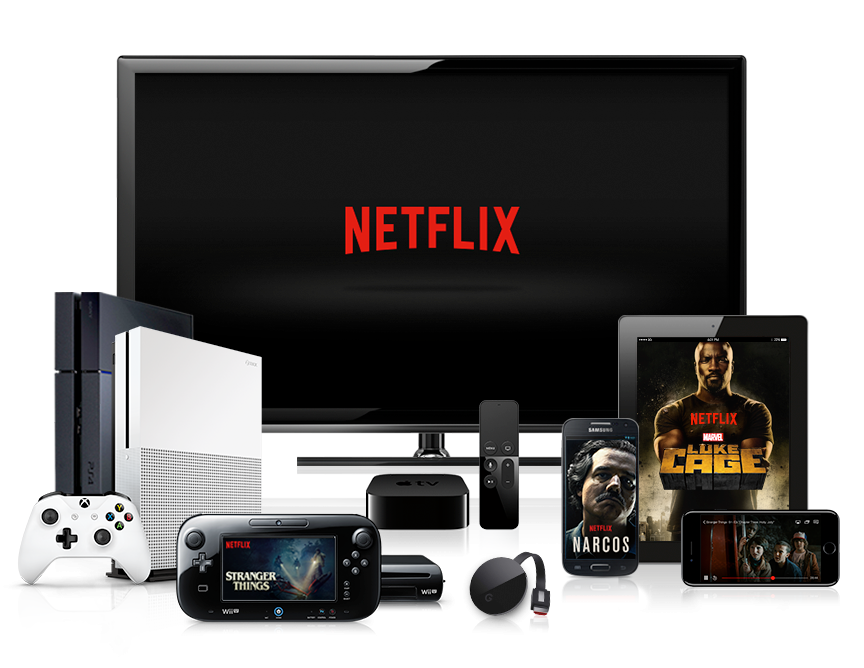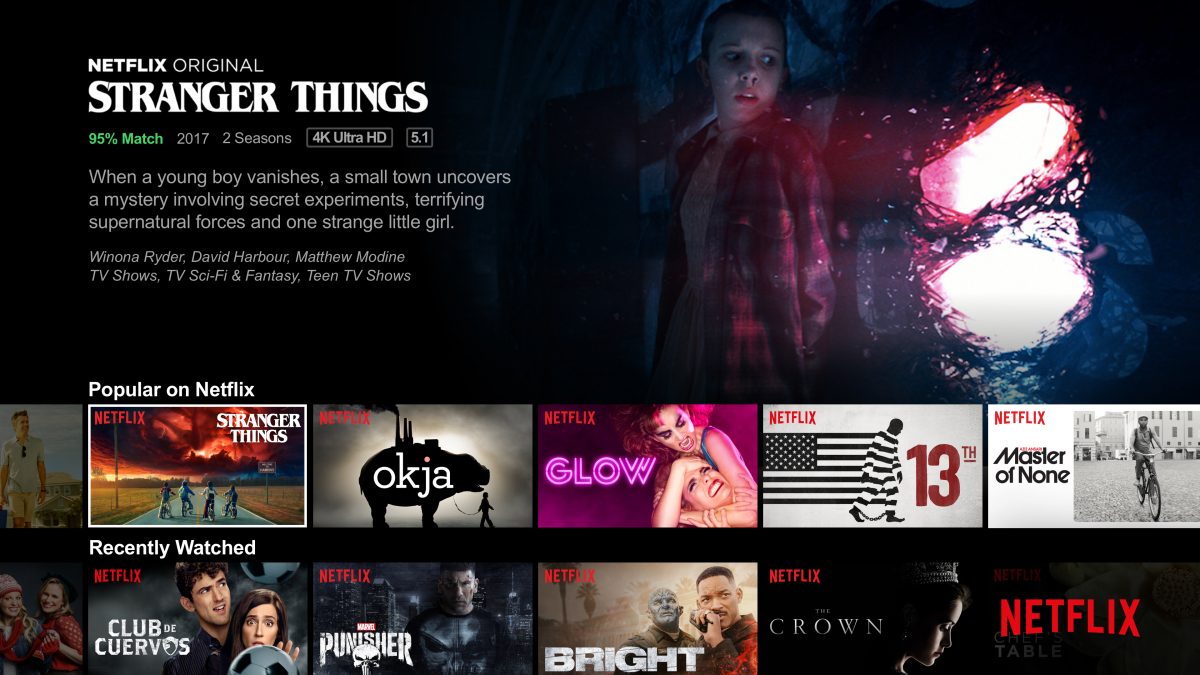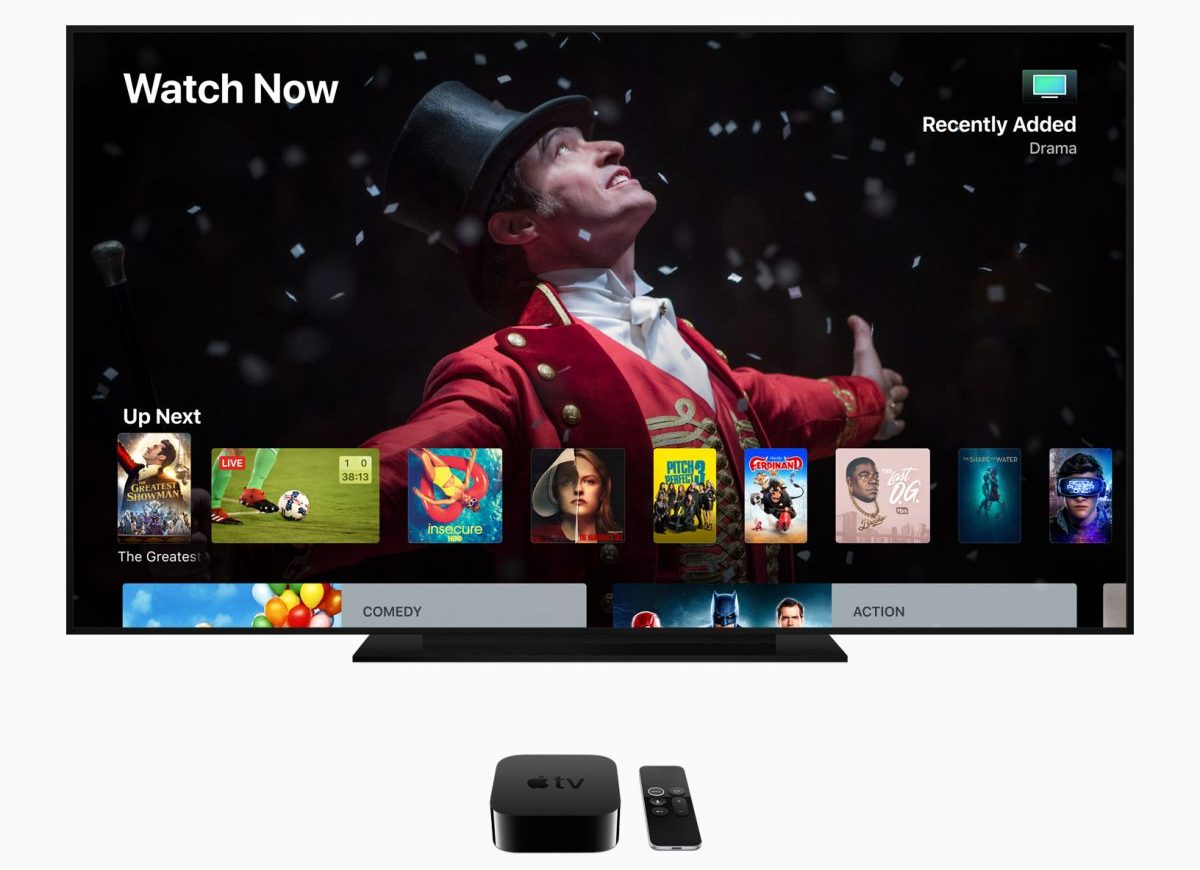There is something rather special about great audio gear. Whether it is a cherished pair of bookshelf speakers from the seventies or a hefty amplifier that once powered many late nights, older kit carries a charm that refuses to fade. The trouble is that modern streaming rarely considers this history. We juggle apps, fight with compatibility issues, and often end up restricted to one manufacturer’s ecosystem.

Atonemo, a young company based in Stockholm, has stepped in with a refreshingly simple answer. Their new device, the Streamplayer, aims to bring every speaker you own into the streaming age. It works with speakers of any brand, size, or era and gives older equipment a modern purpose again.

Listening to music used to be an uncomplicated affair. You pressed play, and the sound travelled through a cable without any fuss. Today, we navigate multiple services that do not always get along. Streamplayer strips away that complexity by giving you a single, universal way to stream music across your home.

The concept is brilliantly straightforward. Streamplayer is a compact wireless audio streamer that connects to any speaker or amplifier. Once it joins your Wi Fi network, you can play music through AirPlay 2, Google Cast, Spotify Connect, or Tidal Connect. Your vintage hi fi becomes wireless. Your modern speakers can work side by side with your older favourites. You can even synchronise completely different speakers into one unified system.

For fans of classic audio equipment, this is especially exciting. Many older speakers sound superb but lack the streaming features that modern life expects. Atonemo’s mission is to bring them back into everyday use, turning beautiful old gear into fully capable modern systems.
Atonemo’s Approach
The company was founded by two childhood friends, one a mathematician and the other a designer. Their shared passion for music and frustration with over engineered audio systems inspired them to create products that feel human, simple, and purposeful. Their philosophy focuses on clear communication and design that does exactly what it needs to do without clutter.
Key Features
Streamplayer is small, but the specification is impressive:
- 24 bit 192 kHz audio
- Gapless playback
- AirPlay 2, Google Cast, Spotify Connect, Tidal Connect
- Analogue line out and optical S PDIF out
- Wi Fi 6 with WPA2 and WPA3 security
- USB C power
- Works with active speakers, amplifiers, hi fi systems, and vintage audio gear
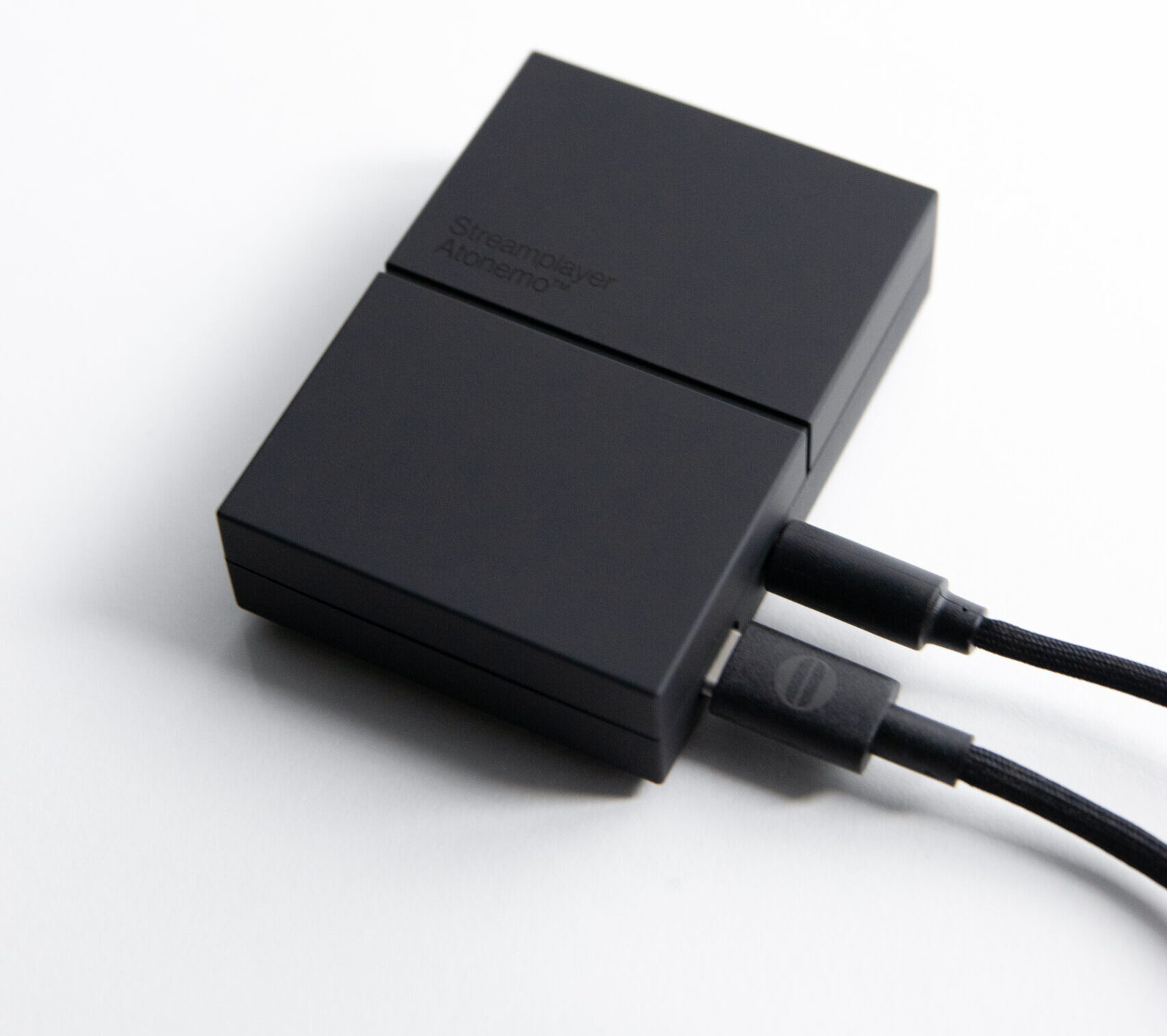
Everything about it is built around compatibility and convenience. It arrives with a USB C power cable, an AUX cable, and a simple quick start guide, making setup as painless as possible.
A Simple Idea with Real Impact
The launch of Streamplayer feels like a moment for anyone who loves audio but dislikes unnecessary complication. It brings your favourite speakers back into daily use, unifies the systems you already have, and avoids locking you into any single brand.
For anyone with a cupboard full of forgotten gear or a cherished pair of speakers that deserve to be heard again, this little box might be one of the most appealing products of the season.
More information is available at atonemo.com.


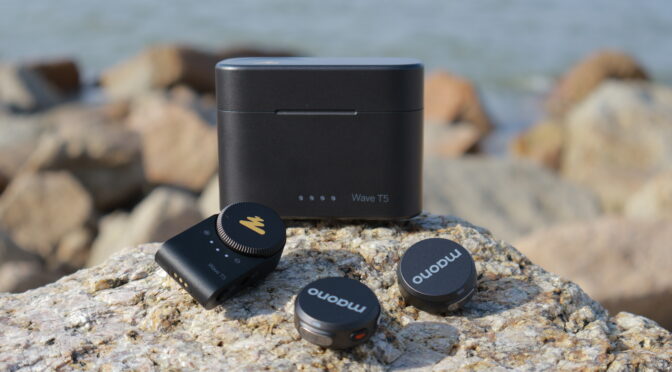
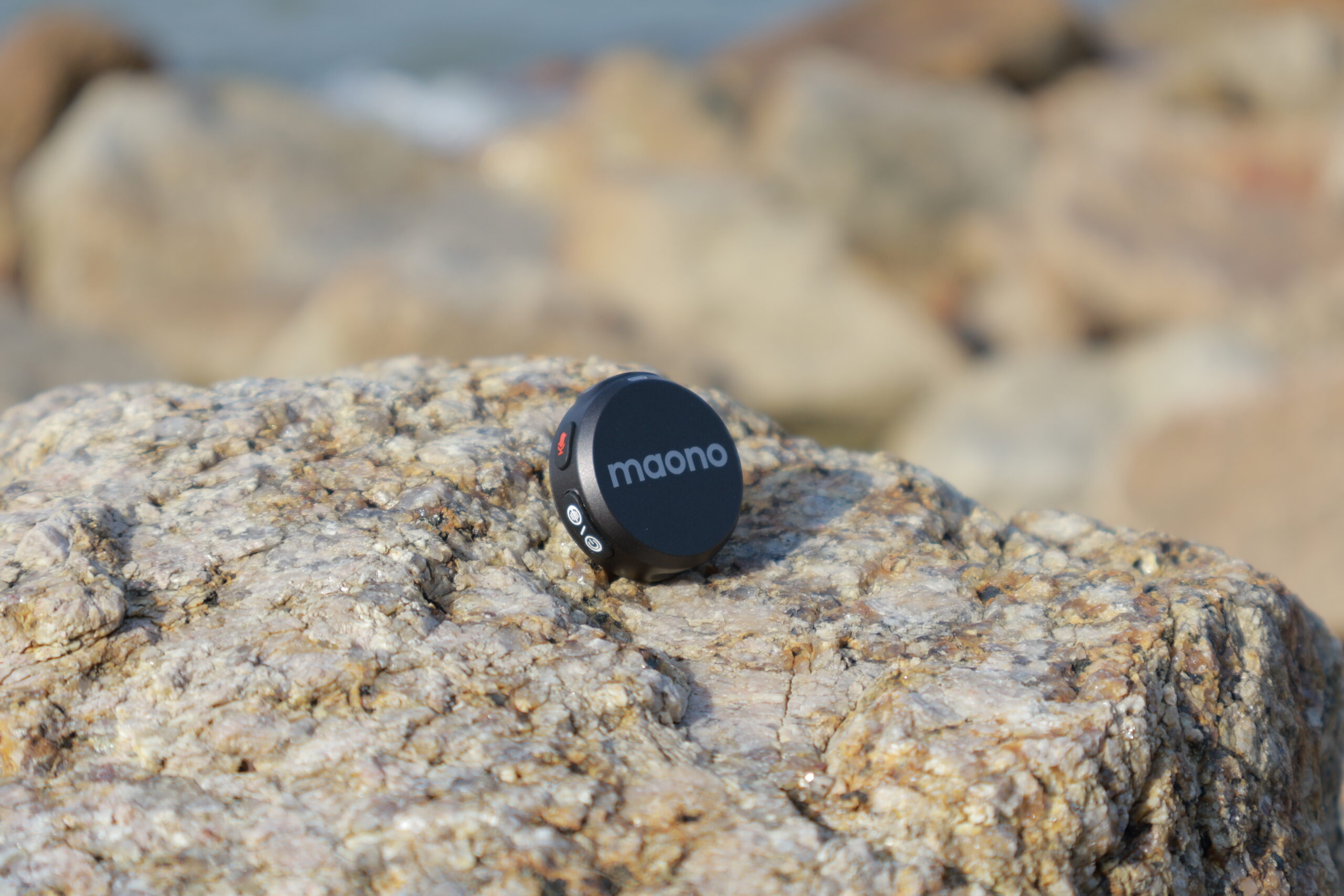

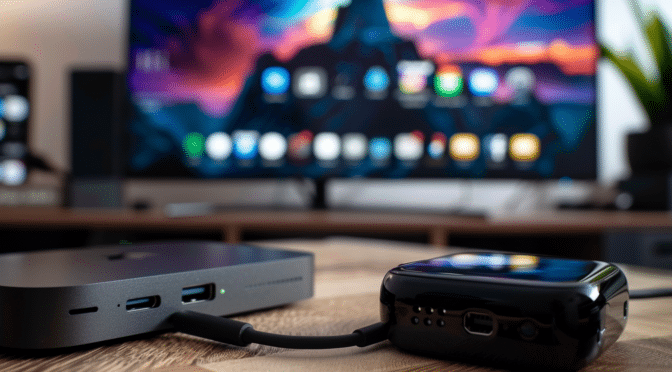
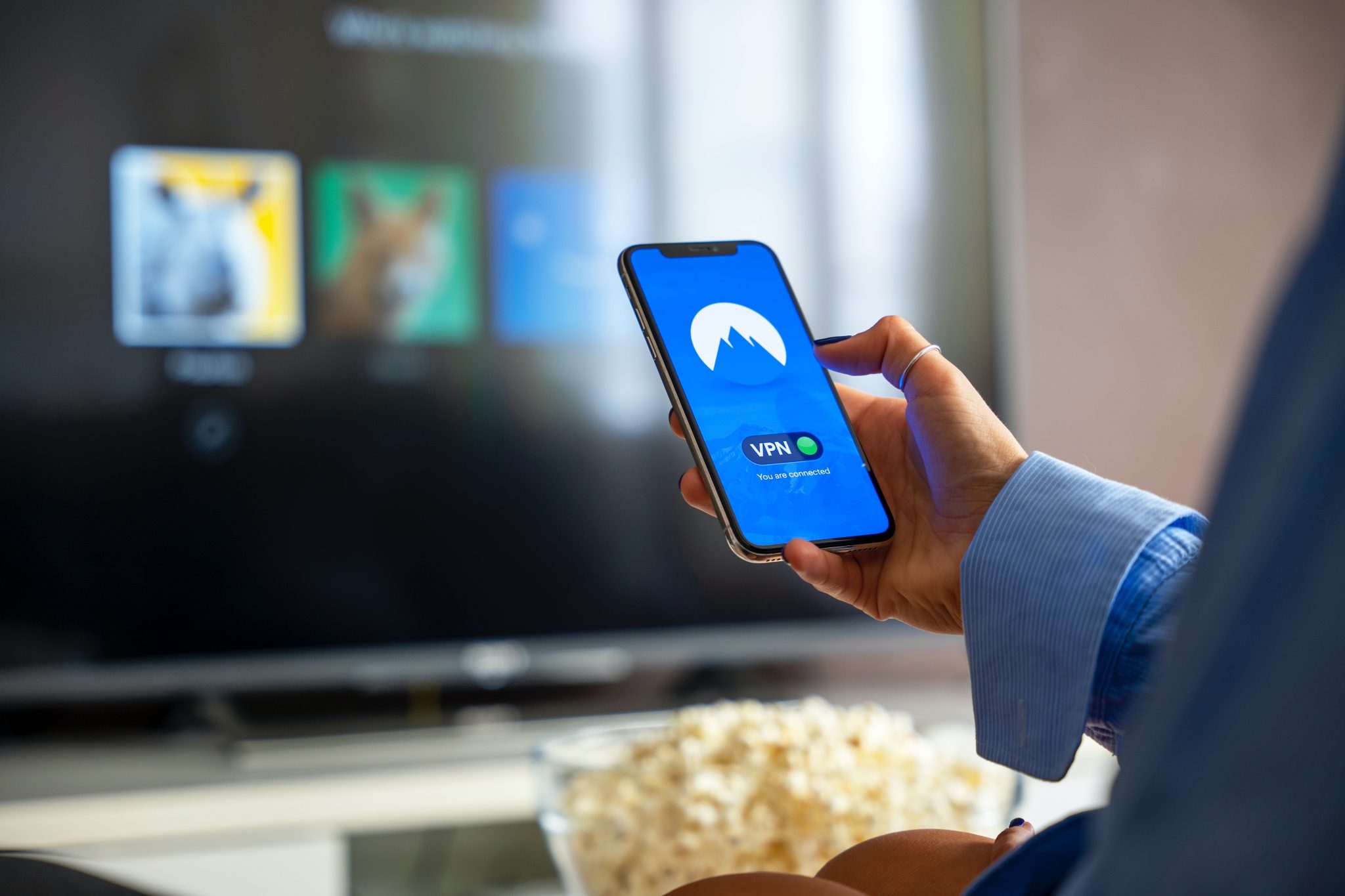





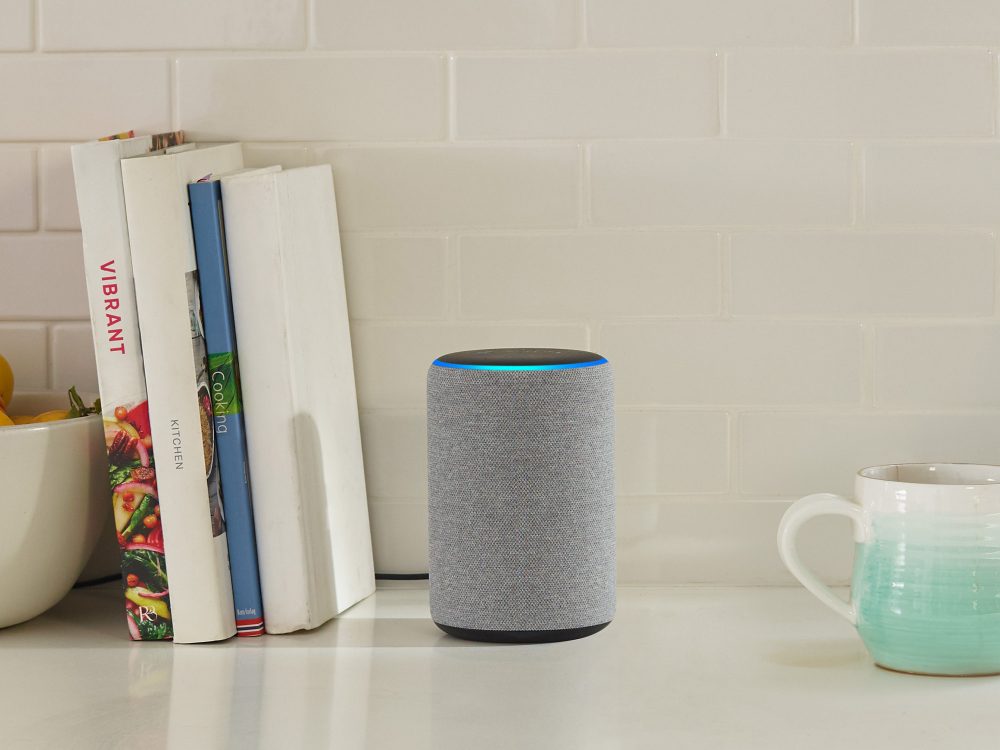 Artificial intelligence is sure to continue its unstoppable march towards self-awareness (I jest!!), but all the same, we should be seeing multi AI ‘bots’ training directly with each other very soon! Who could forget the Facebook AI bots which invented their own communication language shortly after being switched on! More of this in inevitable, hopefully with the necessary safeguards in place.
Artificial intelligence is sure to continue its unstoppable march towards self-awareness (I jest!!), but all the same, we should be seeing multi AI ‘bots’ training directly with each other very soon! Who could forget the Facebook AI bots which invented their own communication language shortly after being switched on! More of this in inevitable, hopefully with the necessary safeguards in place.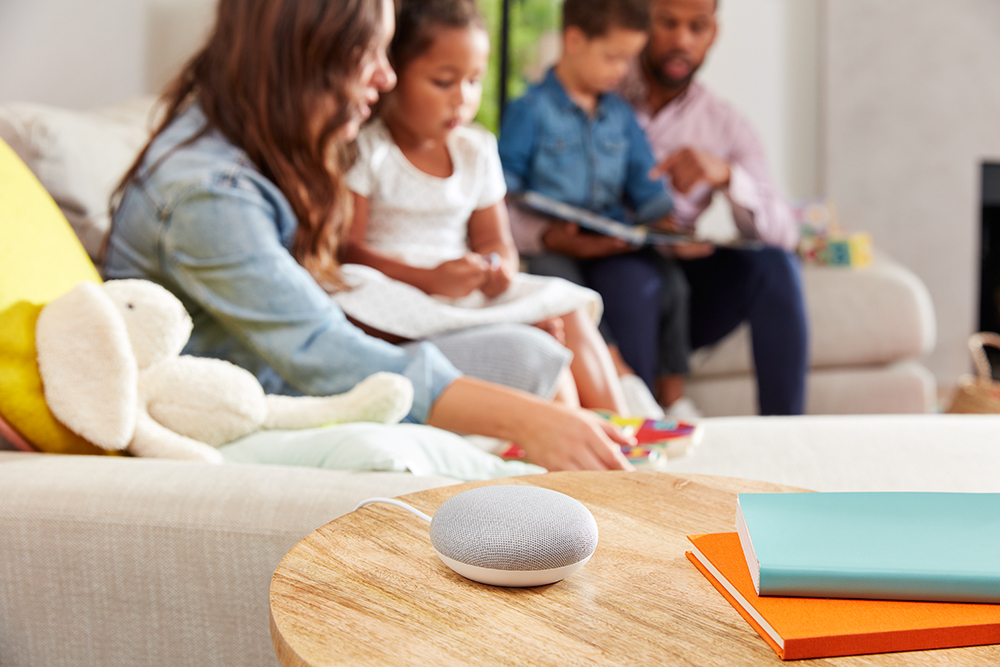 The big 3 tech companies continue to advance home-based smart technology with integration into every part of our lives, add to this more AI and who knows what we should expect from the likes of Amazon, Google and Apple.
The big 3 tech companies continue to advance home-based smart technology with integration into every part of our lives, add to this more AI and who knows what we should expect from the likes of Amazon, Google and Apple.
